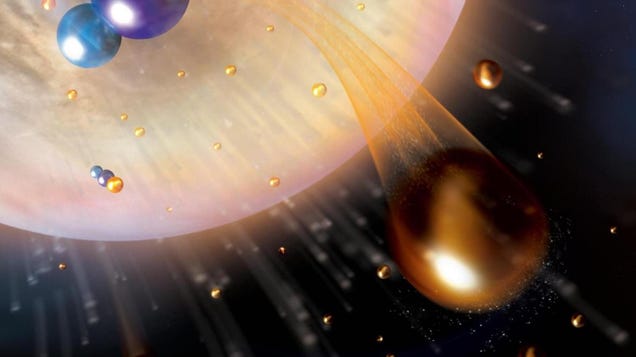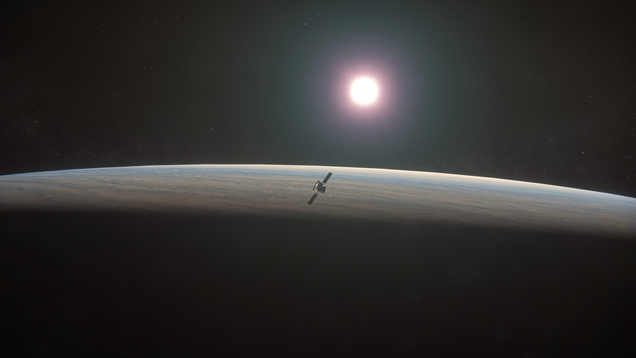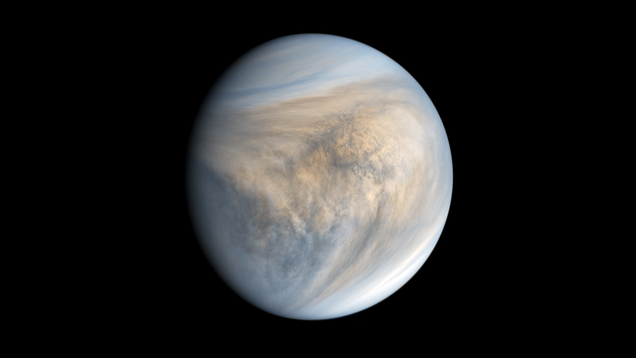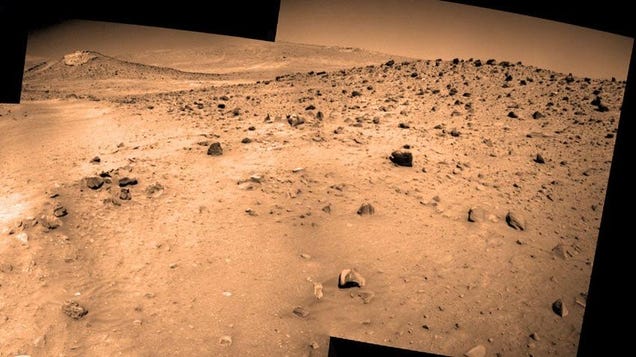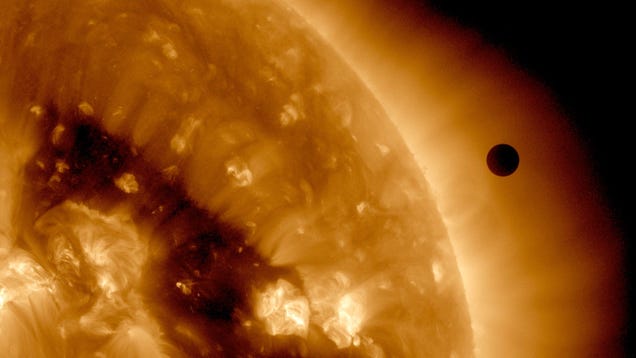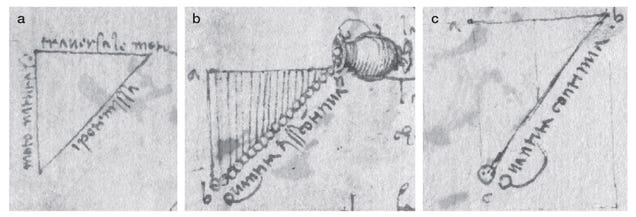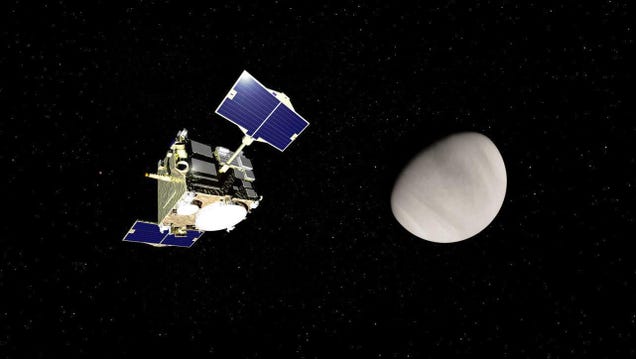
For nearly 10 years, there’s been only one spacecraft able to keep its cool above the hellish landscape of Venus. The Japanese Akatsuki probe was sent to Earth’s neighboring planet to observe its atmospheric dynamics, but the lone Venusian mission has suddenly gone quiet.

